Noise from the washing machine when spinning at high speeds
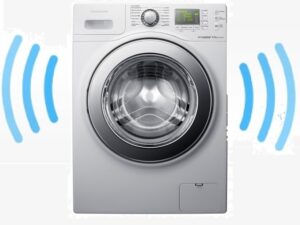 Sometimes the washing machine starts to make a lot of noise while spinning clothes. The problem may be due to the failure of some parts, small objects getting into the housing, or incorrect installation of the equipment. The task of the owner or repairman is to figure out why the noise occurs when spinning at high speeds and to eliminate the problem.
Sometimes the washing machine starts to make a lot of noise while spinning clothes. The problem may be due to the failure of some parts, small objects getting into the housing, or incorrect installation of the equipment. The task of the owner or repairman is to figure out why the noise occurs when spinning at high speeds and to eliminate the problem.
Causes of loud noise
If the washing machine starts making loud noises and moving in spin mode at high speeds, you should not delay in finding the causes and solving the problem, otherwise it will worsen and lead to failure of the device. To begin with, the owner can try to determine why the machine is noisy on his own. Sources of loud sounds can be:
- objects caught in the drum and hitting the glass of the hatch, for example, buttons, fastener elements, stripes;
- foreign bodies that are stuck in the space between the drum and the tank;
- shipping bolts not removed during installation of the washing machine;

- worn bearings causing the drum rotation axis to shift;
- unadjusted legs of the device or lack of pads under them;
- instability of the drum counterweight;
- faulty damper.
Important! Washing machines are often installed on tiled floors. In such cases, rubberized mats should be placed under them. Another option is to provide rubber pads under the legs.
Screws intended for transportation
When transporting washing machines, their tanks are secured with special bolts to eliminate the possibility of damage to household appliances before use. Sometimes craftsmen with little experience, when installing washing machines, overlook the transportation bolts and forget about the need to unscrew them.
As a result, the first time you turn it on and spin it, the device begins to make a loud noise. Therefore, experts advise that before operating the equipment, make sure that there are no bolts, which are usually located on the rear wall of the machine. To do this you need: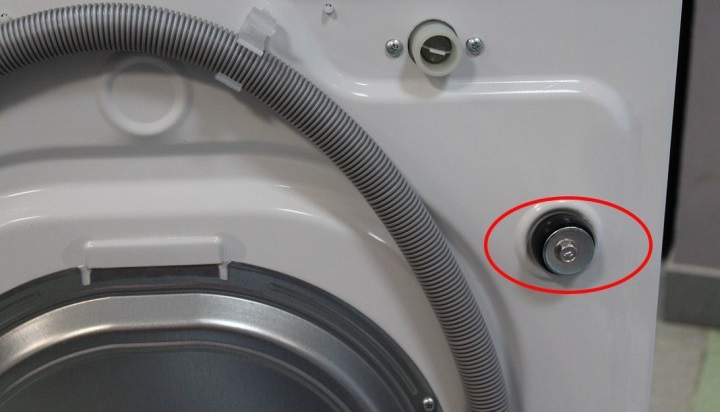
- disconnect the device from communications.
- position it so as to facilitate access to the back wall.
- see if there are screws with large heads.
- If you find them, unscrew them.
After the check has been carried out, the equipment can be placed in the prepared place. She is reconnected to the network. You can start washing.
Is the machine level?
Sometimes the washing machine makes noise because it is standing on an uneven surface. During operation, vibrations occur and the device “jumps.” This is especially pronounced when the floor surface is slippery.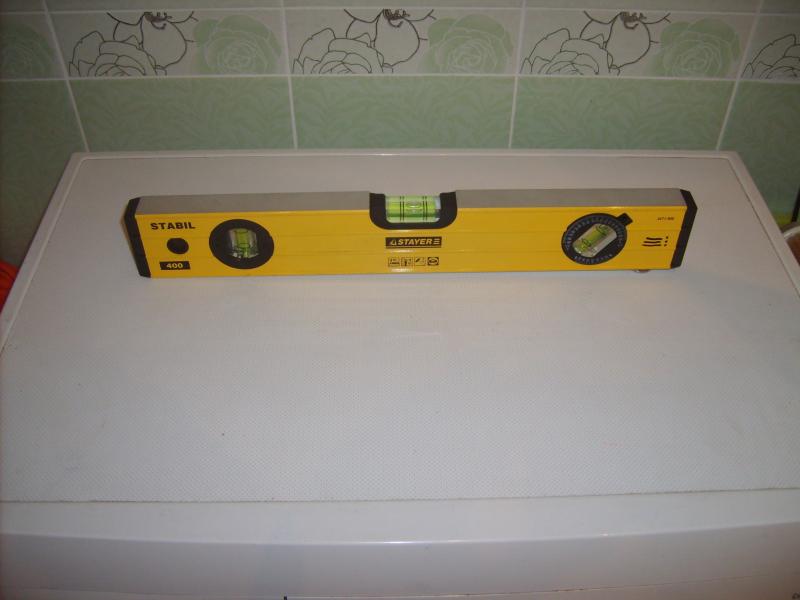
The solution to the problem is to adjust the legs, fix them with control nuts, and use rubber pads. To level the body, use a building level. Sometimes the washing machine is built into furniture or into a wall niche. In such situations, it can be difficult to correct the situation.
The bearing unit is worn out
Bearing wear can have several causes. The most common of them are drum overloads and long periods of operation. If the washing machine is used for more than 5 years, the bearing assembly will inevitably become worn out. To prevent it from breaking down prematurely, you should follow the laundry loading standards established by the manufacturer and specified in the instructions.
When determining the drum load, you should focus on the weight of wet items, since they are much heavier than dry ones.
To check the serviceability of the bearings, technicians disconnect the washing machine from the power supply, open the hatch, turn the drum around and at the same time swing it strongly. If a squeak appears, the damage is repaired.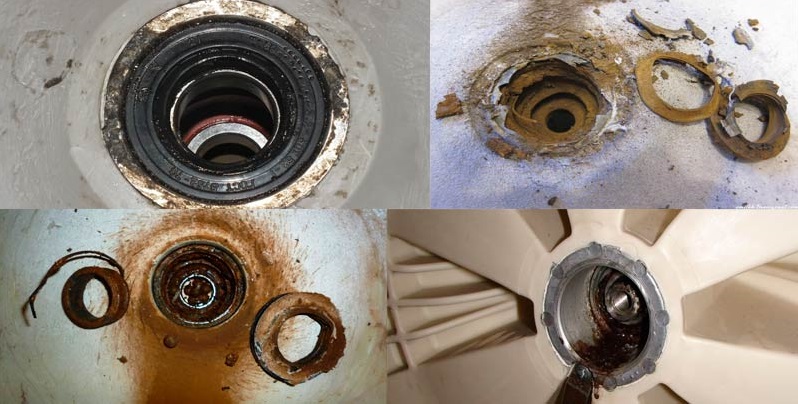
Foreign body in the tank
Small objects, such as buttons, coins, or bra underwires, may fall into the drum during washing. Sometimes they wash away into the snail on their own. Otherwise, you have to get them out yourself so that the drum does not break through the wall of the tank. Foreign bodies are removed as follows:
- turn off the device;
- pull out the powder receptacle;
- the water is drained through a garbage filter;
- the washing machine is lowered onto its left side;
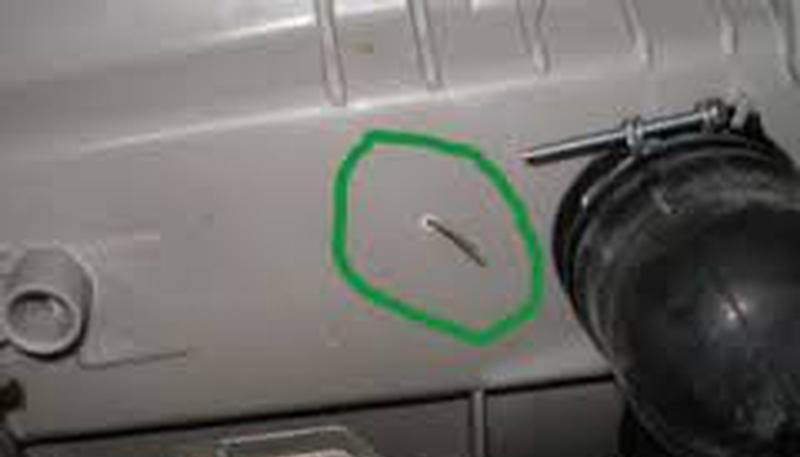
- Loosen the clamp through the bottom and remove the pipe;
- Through a hole that has opened in the tank, the object that has fallen inside is taken out.
In models of washing machines equipped with a tray, foreign bodies are removed through the holes for the heating element. It must be dismantled correctly. It is important not to damage the rubber seal.
Something happened to the counterweight
In some cases, the washing machine makes noise due to a loose upper counterweight. It becomes loose due to vibration. To fix the problem, you should remove the cover of the disconnected machine and check the condition of the fastening and counterweight. If necessary, they can be tightened.
When the stone is destroyed, the load is changed. Instead of concrete, it is permissible to use steel or cast iron, even if they are 1.5 kg heavier. Their service life is longer.At the same time, excessive weight of the load increases the load on the dampers and reduces their operating time, so do not take a “stone” that exceeds the weight of the “original” load by 3 kg or more.
The damper has failed
If the shock absorber is faulty, the centrifugal force is not dampened as effectively. The washing machine rocks and knocks. The solution to the problem is to replace the damper. It is produced as follows: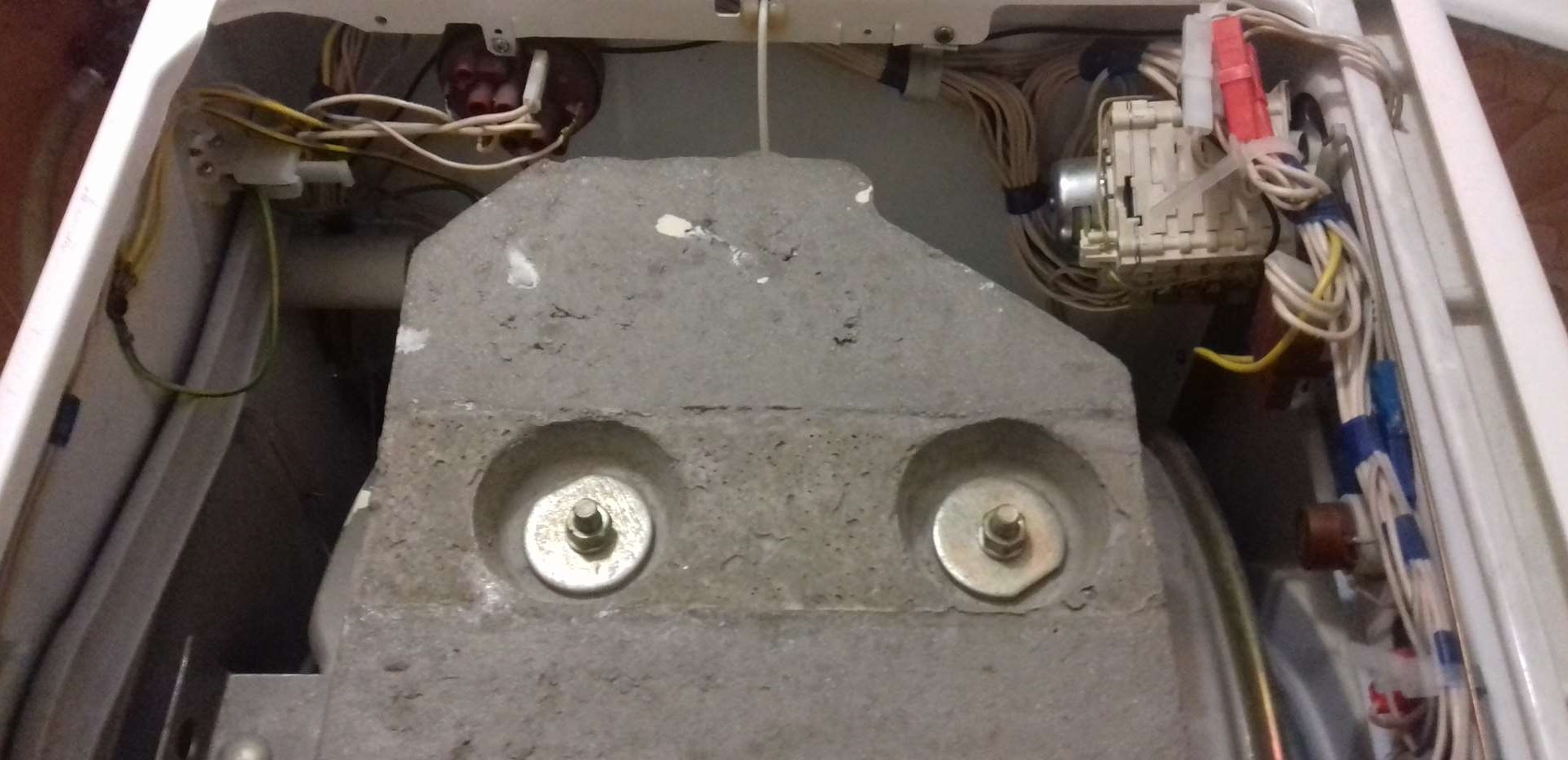
- turn off the device;
- pull out the compartment for detergents;
- the washing machine is lowered onto its left side;
- through the bottom inspect the faulty damper. It can be identified by the presence of rust and lubricant leaks.
Experts advise replacing shock absorbers in pairs. To do this, you need to remove the plastic clips, screws, and then the faulty elements. New ones are installed instead. Such repairs eliminate noise when the machine operates at high speeds and extend its service life.
Interesting:
Reader comments
- Share your opinion - leave a comment

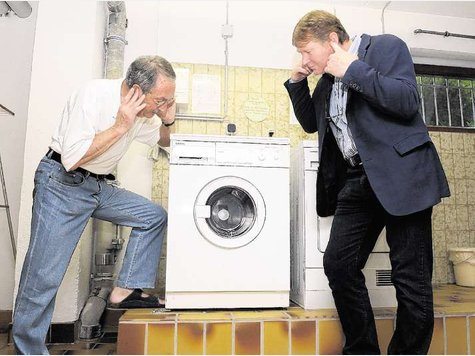

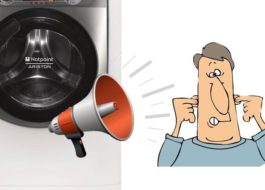


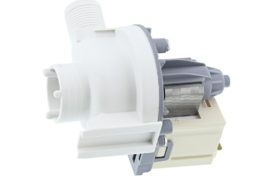














Add a comment